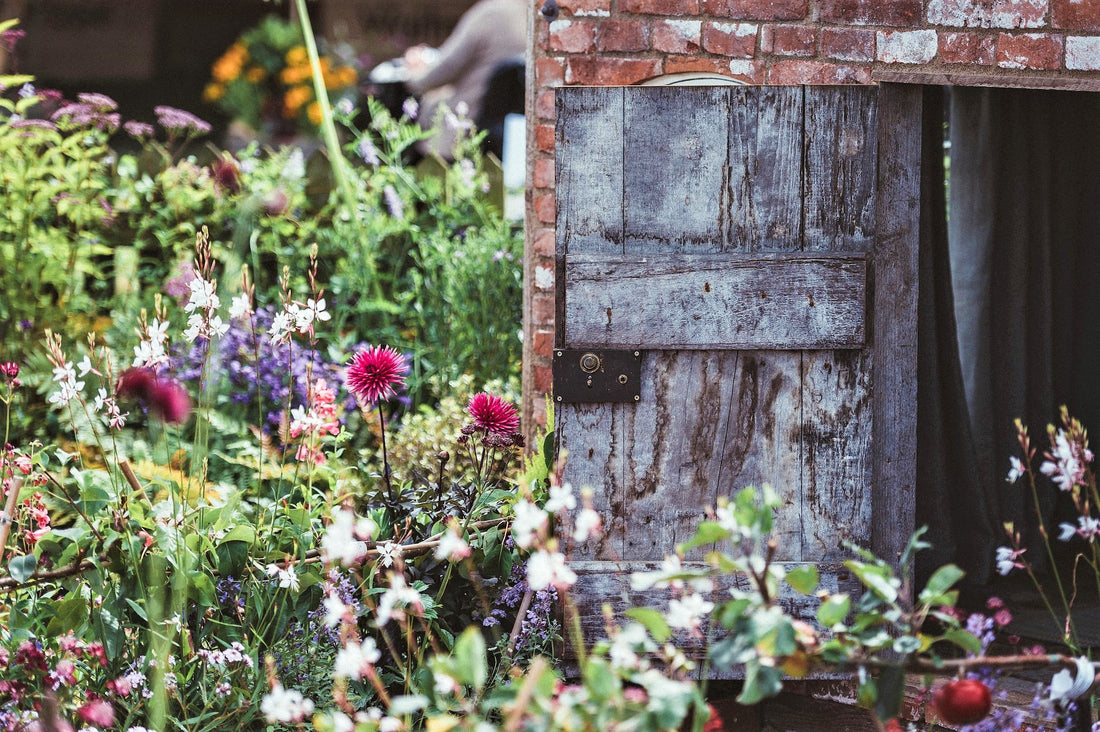The Benefits of Rewilding
- It's better for the environment. Human activities, including development and deforestation, have significantly decreased native habitats for plants, mammals, birds, and insects.
While we might not see all these animals and insects do, many of them are essential to the balance of nature and keeping a balance in the garden. Many insects are beneficial and will work with us if we give them space. - Reduction of chemical use. Pesticides are bad news for the garden. They don't just eliminate pests; pesticides also kill beneficial insects, like bees, butterflies, praying mantises, and ladybugs. Chemical use causes imbalances, creating a need for more of them. It's a vicious circle once you start using chemicals to deal with garden issues.
- Closeness to nature. We are not separate from the natural world, even though we have separated ourselves in many ways. It's time to embrace our interconnectedness with the environment, and all that exists within it. We can and will benefit from that relationship. Being in nature is good for the mind, body, and soul, and when it's in your backyard, it is super easy to enjoy.
- There's less work! This gardening method is fantastic for us lazy gardeners and people short on time. While it doesn't mean there's no work, it does mean that less effort is needed because we don't have to work so hard to be immaculate. Rewilding forgoes tilling, a gardening task that is time-consuming and also hurts essential insects and earthworms.
Before letting the whole garden run rampant, it's essential to evaluate the area and figure out what is best for the wildlife and environment you live in. A wild space still needs some management, even if it's minimal. Without some oversight, the wrong plants will take over, causing a rash of other issues. Think of yourself as the guide, creating a space for native species to flourish.
- Research the native species, birds, plants, and insects in your area and figure out the best way to create a haven for them. Luckily, planting native wildflowers and trees naturally attract native insects and animals.
- Everything is connected! Think of the garden as an ecosystem designed to benefit everyone who visits. If there are suitable nesting spaces, a water source, and lots of flowers, native bees, birds, and bats will happily reside. The bats control the mosquito population while the birds snack on slugs, caterpillars, beetles, aphids, and moths.
- Plant flowers that bloom at different times, so insects have food throughout the season. Embrace the local insect population, even some of the pesty ones. They are a good food source for beneficial insects.
- Make changes slowly. You don't have to turn your entire garden into a wild space. Plant wildflowers in one section, but keep tomatoes trellised and tended nearby. Rethink planting in long rows or patches and instead interplant vegetables with shrubs, flowers, herbs, and trees. Pests show up in droves when the eating is easy. There's nothing like rows of peas organized like a buffet to make a pea moth's day. So, instead, interplant so they can't find the peas!
- People (i.e., neighbors) may complain about what looks like an unkempt space, especially if it's your front lawn. Talk to your neighbors first, so they're not surprised by this new look. Or do the ungardening in the backyard, away from fault-finding eyes.
- Shop responsibly. Ask the nursery where the plants come from and how they are tended. Any plant you bring home will also bring its issues and problems with it.
- Don't let lack of garden or yard space stop you. You can still rewild. Plant wildflowers in containers along the walkway and leave weeds alone in the corners as a habitat for bugs and animals.



